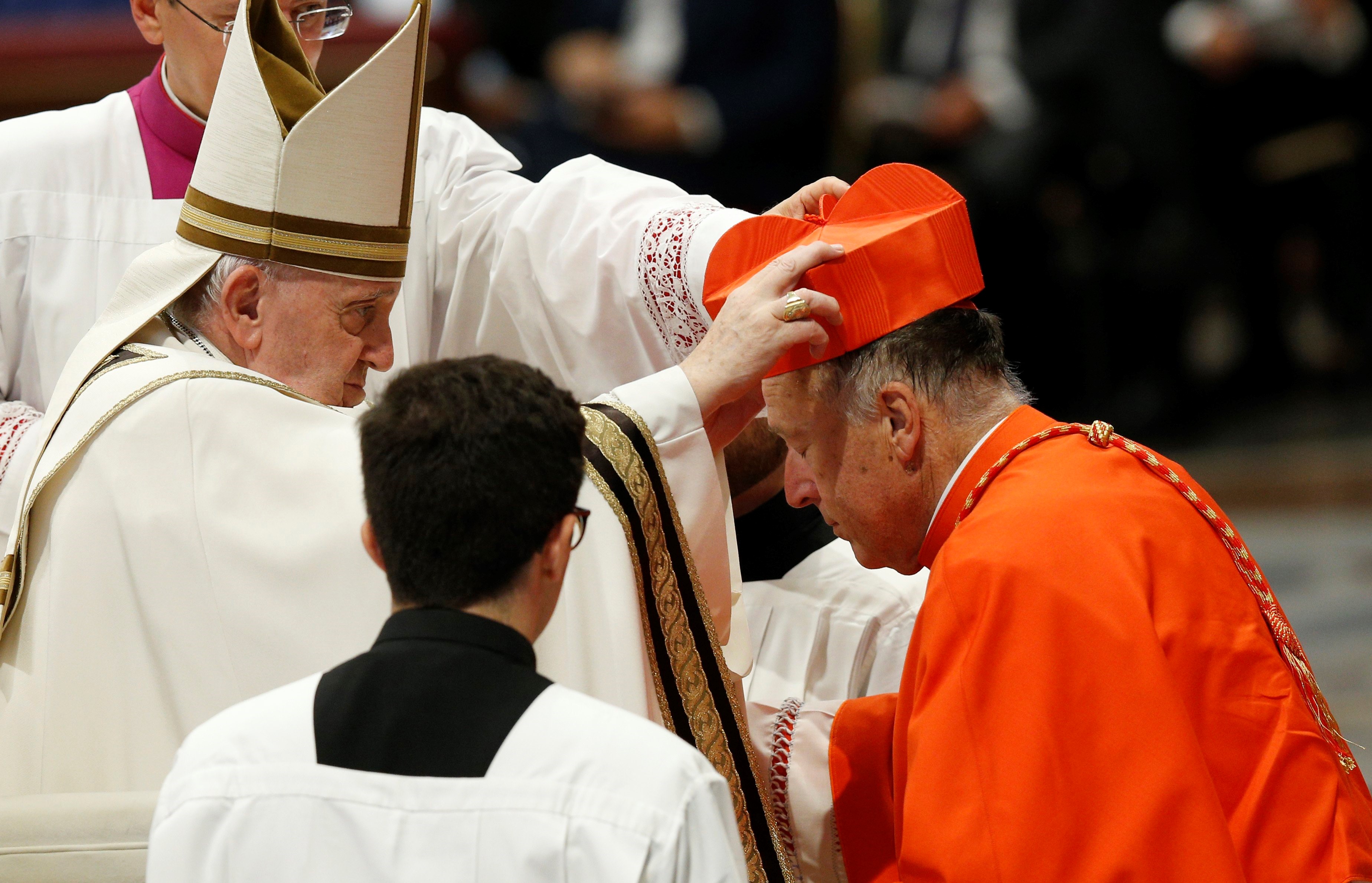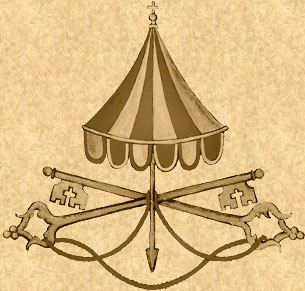From the Book of Kings (1 Samuel 18:29, 19:1; 2 Samuel 1:1, 11, 12)
In those days, Saul the king began to fear David more, and Saul became David's enemy continually. And Saul spoke to Jonathan his son and to all his servants, that they should kill David. And it came to pass that David returned from the slaughter of the Amalekites; and hearing that Saul was dead, he took hold of his garments and rent them, and likewise all the men that were with him. And they mourned, and wept, and fasted until evening for Saul, and for the people of the Lord, and for the house of Israel.
But thou, O Lord, have mercy on us. Deo gratias.

Alleluia.
The Brothers of the Little Oratory in San Diego ask for the continuous offering of prayer and penance, even during the joys of Bright Week, that the ever-living and resurrected God may grant us holy bishops to shepherd both the Diocese of San Diego and the universal Church. With the passing of Pope Francis today on Easter Monday, the final say on the appointment of a new Ordinary for San Diego lies in the hands of the next Pope.
Since the election of the Blessed Pope Pius IX in 1846, sede vacante periods for the Papacy have lasted between 16 and 17 days, with a maximum of 20 days and a minimum of 13 days. It is very likely we'll see a new Pope by the middle of May. San Diego's sede vacante began on March 11 with the installation of McElroy as Cardinal-Archbishop of Washington. Bishop Michael Pham, one of the three diocesan auxiliary bishops for San Diego, was elected to serve as diocesan administrator on March 17 by a group consisting of the three diocesan auxiliaries and eight diocesan priests. This position will expire when the next Ordinary is appointed by the next Pope, and we may have to wait until June for such that Pope to make an appointment.
At present, we ought to use this time wisely, praying for holy men to fill these empty chairs, and also that anything that might be an obstacle to reverence, orthodoxy, and good works be removed. A favorable appointment for San Diego is one that restores Chorus Breviarii's ability to introduce the average local Catholic to reverent and beautiful ceremonies in various parish churches without fear of persecution. A highly favorable appointment for San Diego is one that permits the establishment of an Oratory in our own diocese.
Finally, pray for the soul of Pope Francis, that the prayers offered for his soul while he was still alive and whatever sacraments he may have received in his last days were a source of spiritual strength for him, especially in obtaining the grace of final repentance. For even as King David mourned the death of his rash and impious predecessor, knowing that he too was chosen by God for that time to lead the children of Israel, so should we remain sober and pray that the stain of scandal be blotted out by the sacraments and the fires of Purgatory. Rule XVI from the Manual of the Little Oratory for the Brothers in London reminds us of the fate of all men before God's throne:
We must all often reflect that we have to die, and give an account to God of our whole life.
That we may pray for these intentions, and that we too may remember that, like the late Pope, we will have to answer for our own iniquities.
Grant this O Lord, alleluia.
Prayer for a Deceased Roman Pontiff
God, Who, in Thine ineffable providence, didst will that Thy servant Pope Francis should be numbered among the high priests, grant, we beseech Thee, that he, who on earth held the place of Thine only-begotten Son, may be joined forevermore to the fellowship of Thy holy pontiffs.
Through the same Christ our Lord. Amen.
























